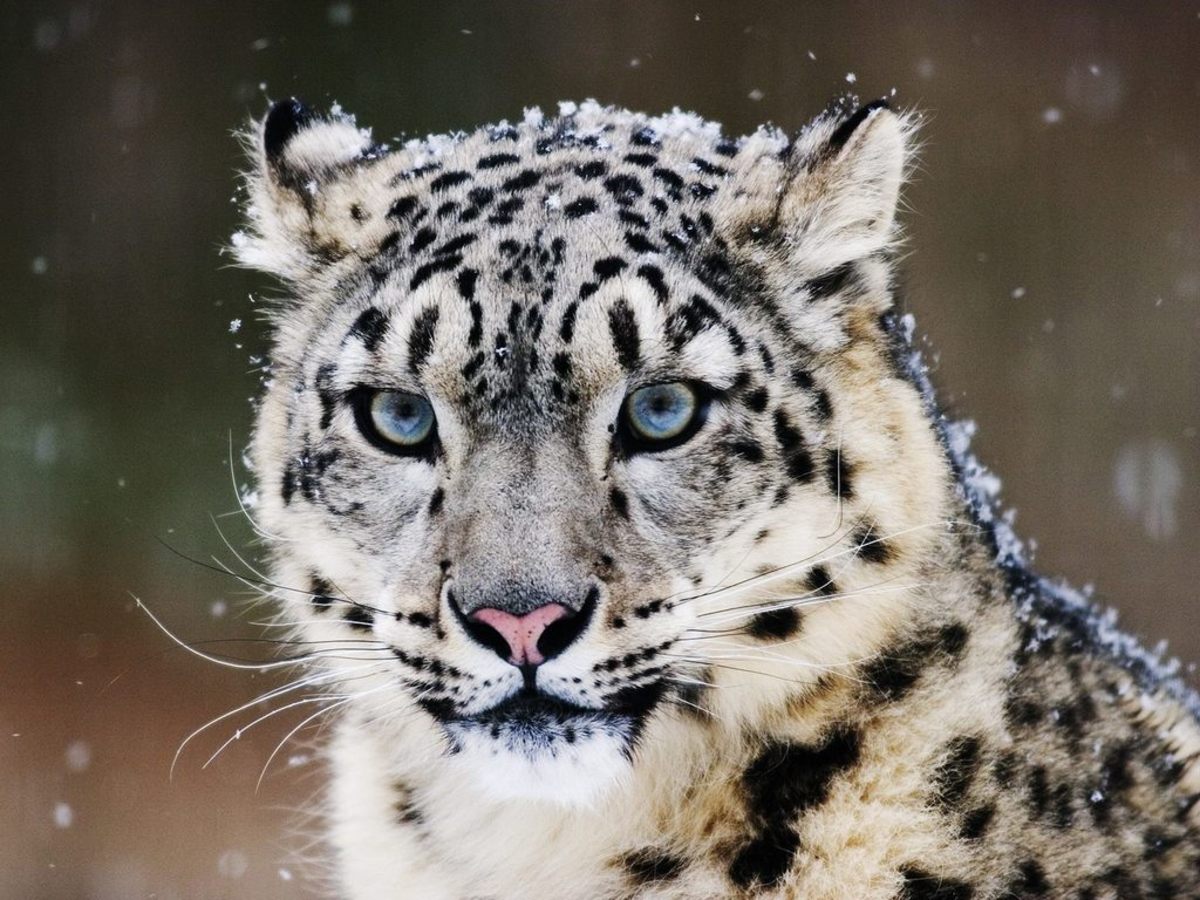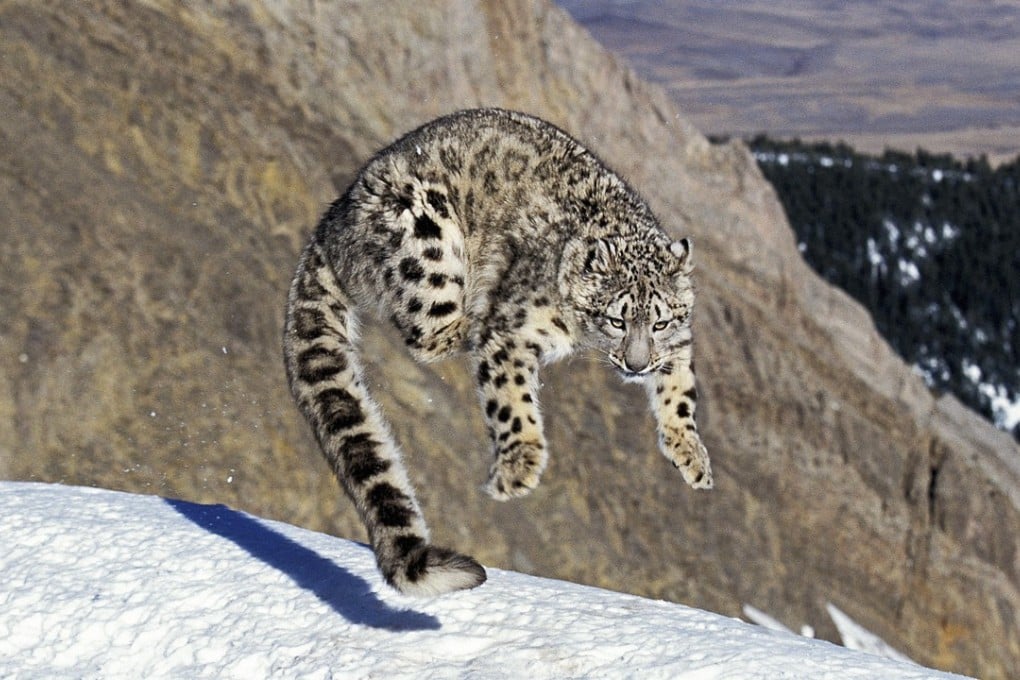Did you know that Earth is home to an incredible variety of animal life? From the deep oceans to the highest mountains, animals come in all shapes, sizes, and colours. Some, like the Blue Whale, are the largest animals ever known, reaching lengths over 90 feet! Others, like the Tardigrade (or water bear), are microscopic but can survive extreme conditions. Every animal plays a vital role in its ecosystem. For example, the African Elephant is known as an "ecosystem engineer" because its actions shape its environment, and it is also often called the "Gentle Giant". The Cheetah, the world's fastest land animal, is often called the "Sprinting Machine" for its incredible speed. And the Giraffe, famous for its long neck, is occasionally called the "Towering Observer". Do you know which elusive creature is known as the Ghost of the Mountains? This stunning animal lives in some of the harshest environments on our planet. In this article, we'll take a look at the life, habitat, and unique adaptations of this mysterious animal.
ALSO READ| Which Animal Is Known As The Unicorn Of The Sea?
Which Animal Is Known As The Ghost Of The Mountains?

The animal known as the Ghost of the Mountains is the Snow Leopard (Panthera uncia). This magnificent big cat is found across the rugged, high-altitude mountain ranges of Central and South Asia, including the Himalayas. It earns its nickname from its incredible, thick, pale grey-to-white coat patterned with dark rosettes, which provides perfect natural camouflage against the snow and rocky terrain, making it extremely difficult to spot. A long, bushy tail helps it maintain balance on steep slopes and acts as a warm blanket when resting.
The Snow Leopard is a carnivore, primarily preying on mountain goats and sheep like the Blue Sheep and Ibex. Global estimates for its population range from approximately 4,000 to 6,500 mature individuals, making it a Vulnerable species. They have powerful bodies, small, rounded ears (to minimise heat loss), and large, furry paws that act as natural snowshoes.
IN CASE YOU MISSED| List of 5 Rarest Marine Animals Ever Found
10+ Lesser-Known Facts About Snow Leopard

- Despite its name, the Snow Leopard is more closely related to the Tiger (Panthera tigris) than the common leopard.
- Unlike other true big cats (Lions, Tigers, Leopards, and Jaguars), the Snow Leopard cannot roar because of a less-developed vocal structure. It makes sounds like hisses, growls, and a purring sound called a "chuff".
- They are known for their exceptional leaping ability, capable of jumping up to 50 feet (15 metres) in a single bound, one of the longest jumps of any cat.
- Their fur is incredibly dense, reaching up to 5 inches long on their belly to keep them warm in temperatures as low as -40°C.
- Their extra-long, thick tail is not just for balance; it also stores fat and wraps around their body and face for extra warmth while sleeping.
- Snow Leopards are most active at dawn and dusk (crepuscular), which helps them avoid the midday sun and makes them even harder to observe.
- They are considered an "indicator species"; their presence reflects the overall health and stability of the high-mountain ecosystem.
- They are the only big cats known to be opportunistic predators, meaning they will eat whatever prey is most readily available.
- An individual's home range can be enormous, sometimes covering up to 1,000 square kilometres, depending on food availability.
- They have a large nasal cavity to help warm the frigid, thin air they breathe before it reaches their lungs.
FOR YOU| Nocturnal Animals: List of Creatures that have Best Eyesight in the World
Why Is the Snow Leopard Called The 'Ghost Of The Mountains'?

The Snow Leopard (Panthera uncia) earned the dramatic nickname 'Ghost of the Mountains' primarily due to its masterful camouflage and elusive nature. Their incredibly thick, pale grey or white fur is covered in dark rosettes and spots that blend seamlessly with the rocky, snow-covered high-altitude terrain of Central and South Asia.
This natural camouflage makes them nearly invisible to both prey and humans. Furthermore, they are solitary, quiet, and typically crepuscular (most active at dawn and dusk), meaning people rarely see them. This combination of perfect natural concealment and their secretive behaviour makes an encounter with this beautiful big cat a rare, almost phantom-like experience.
WHAT'S NEXT| List of Top 7 Animals that Sleep the Most: Ranked

Comments
All Comments (0)
Join the conversation